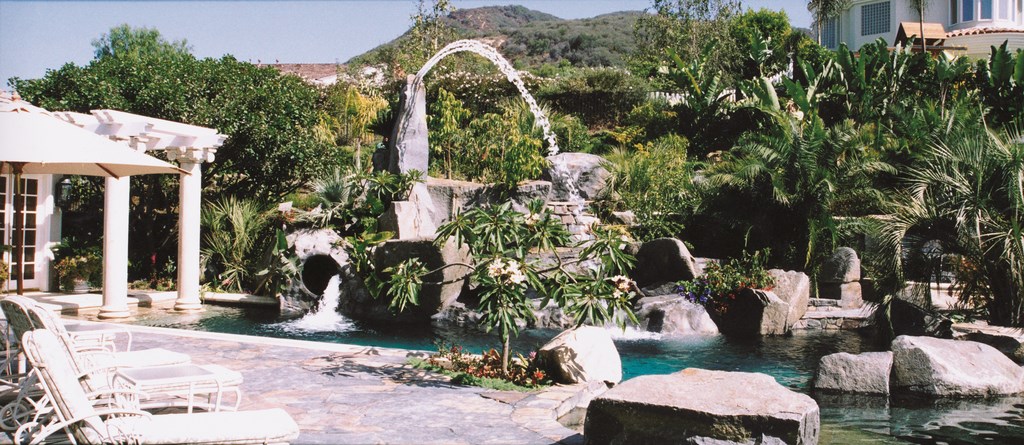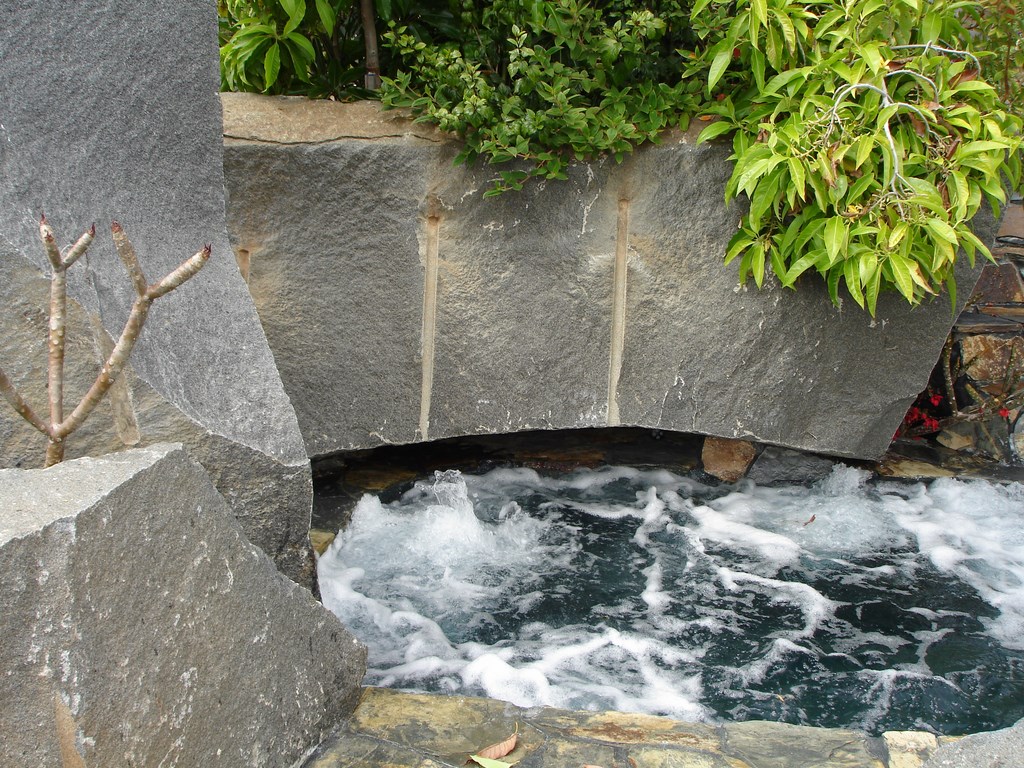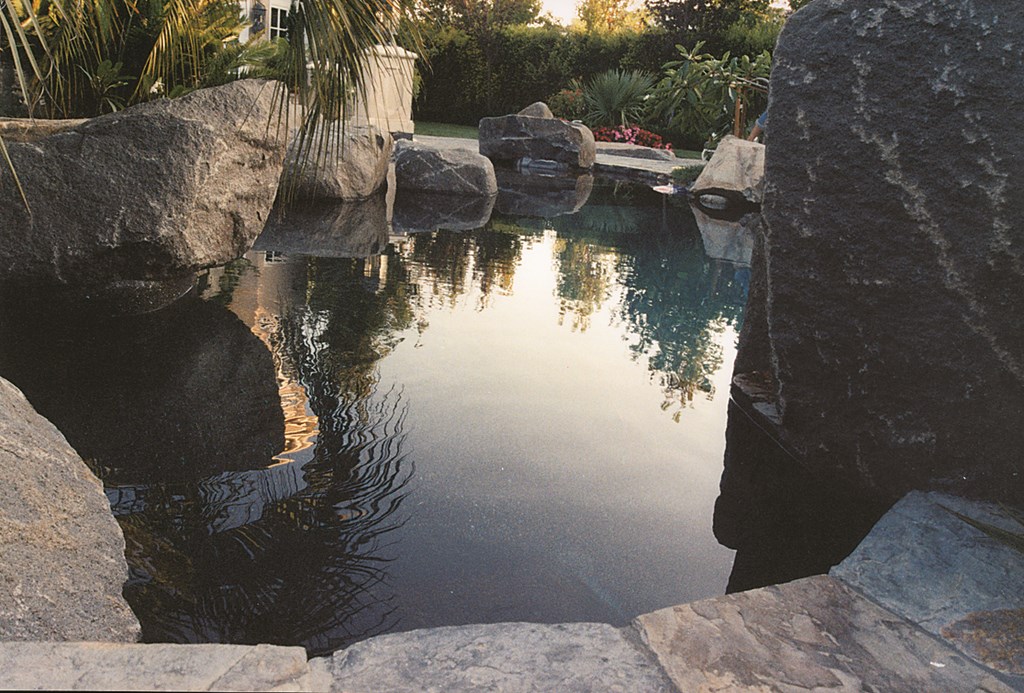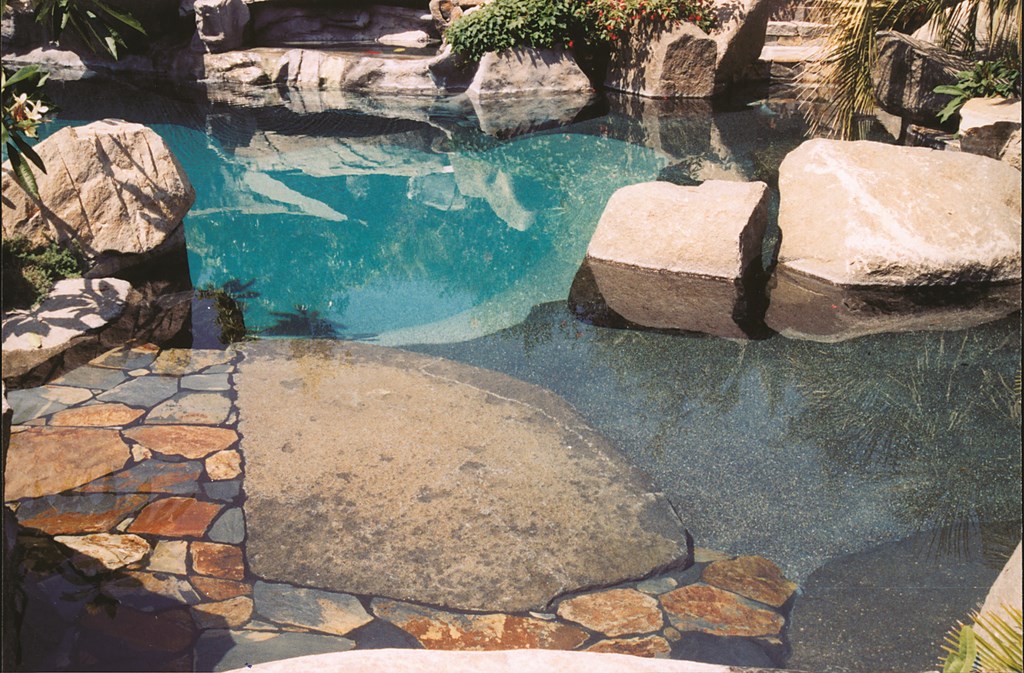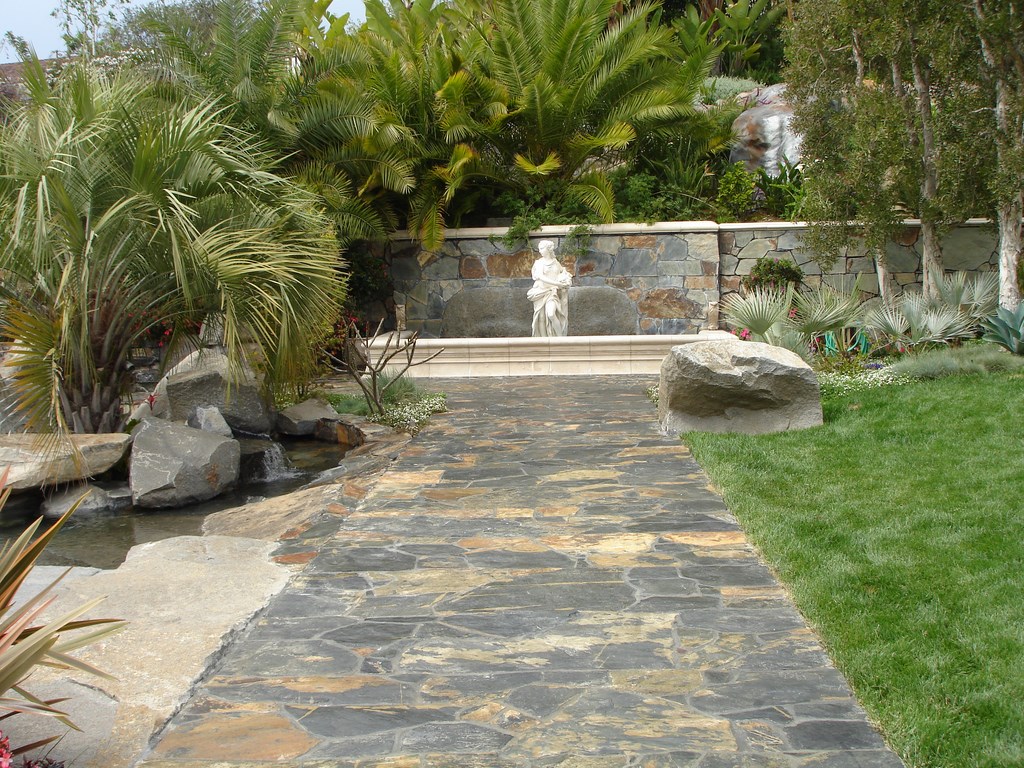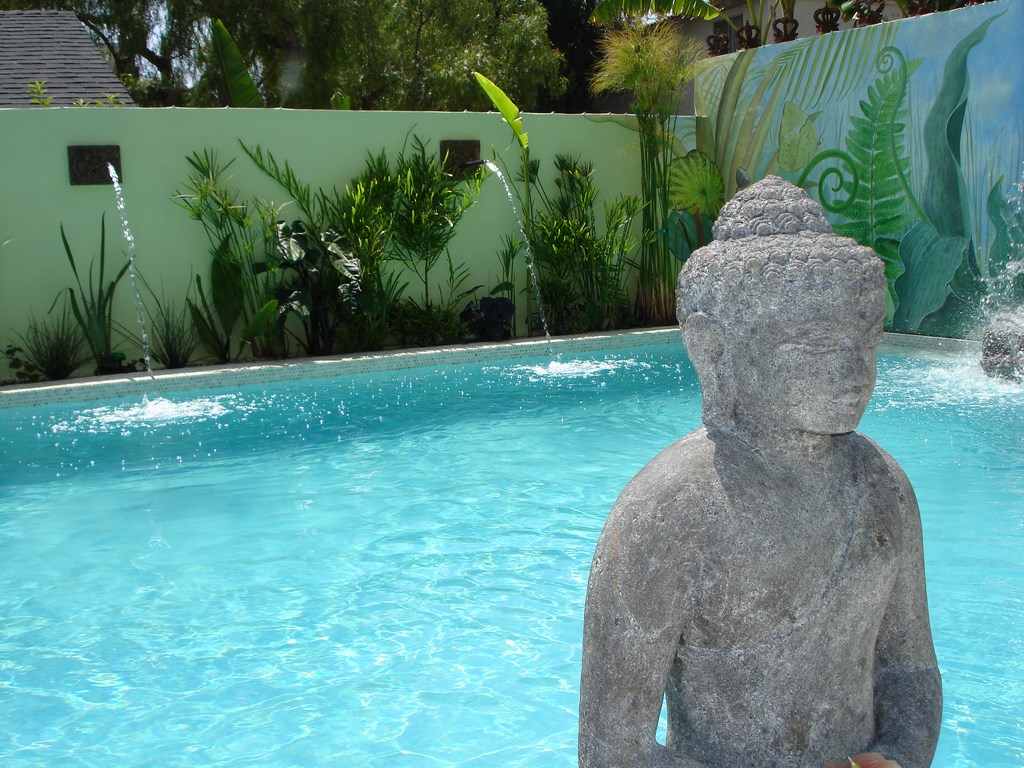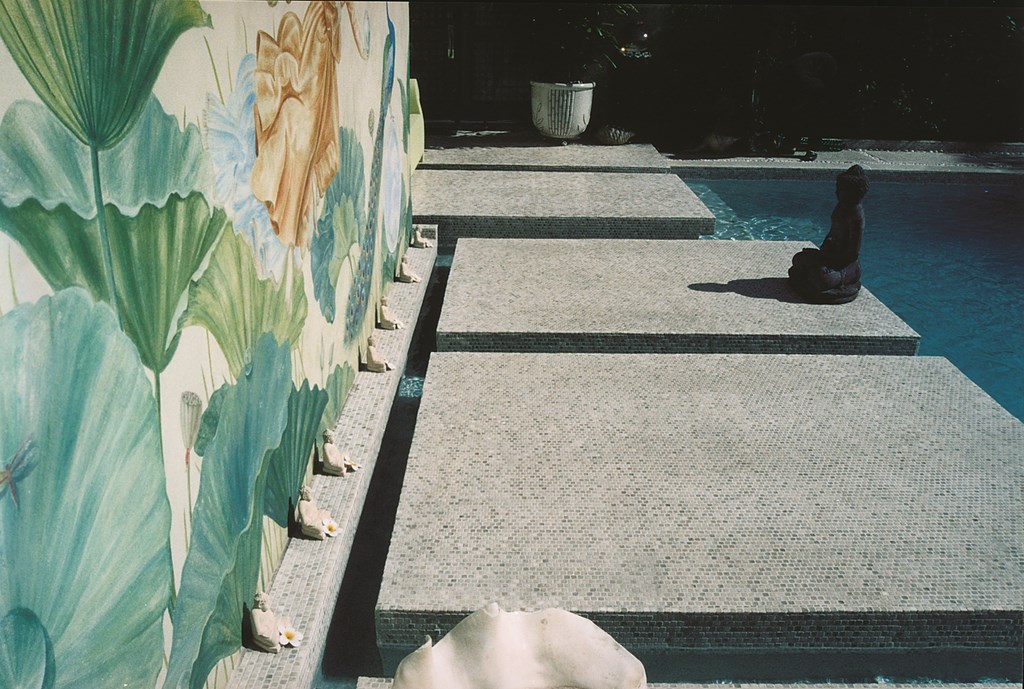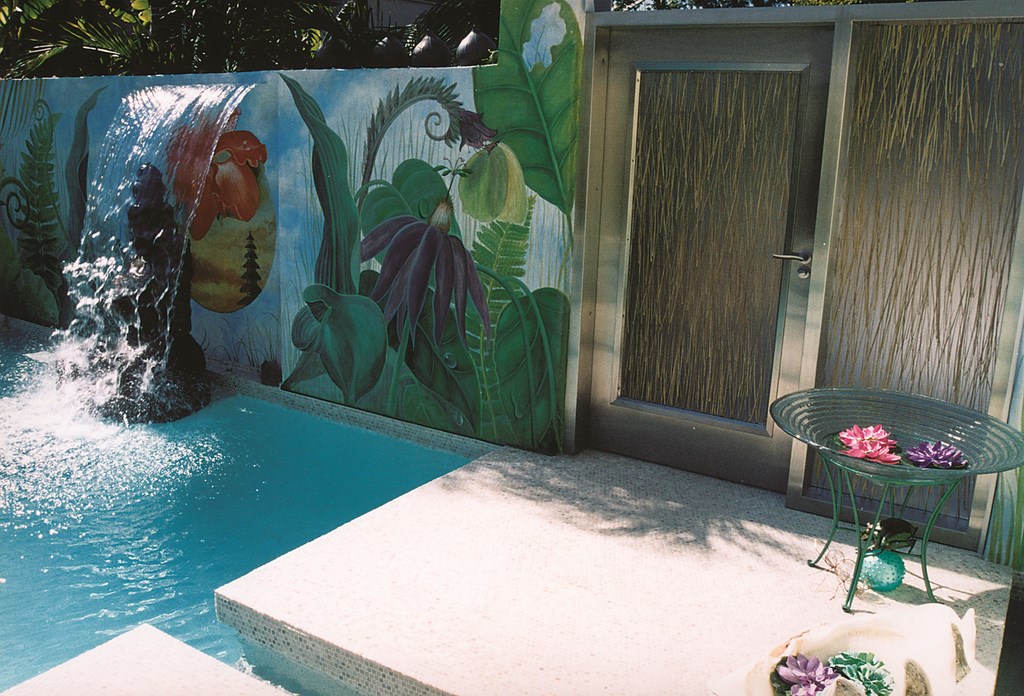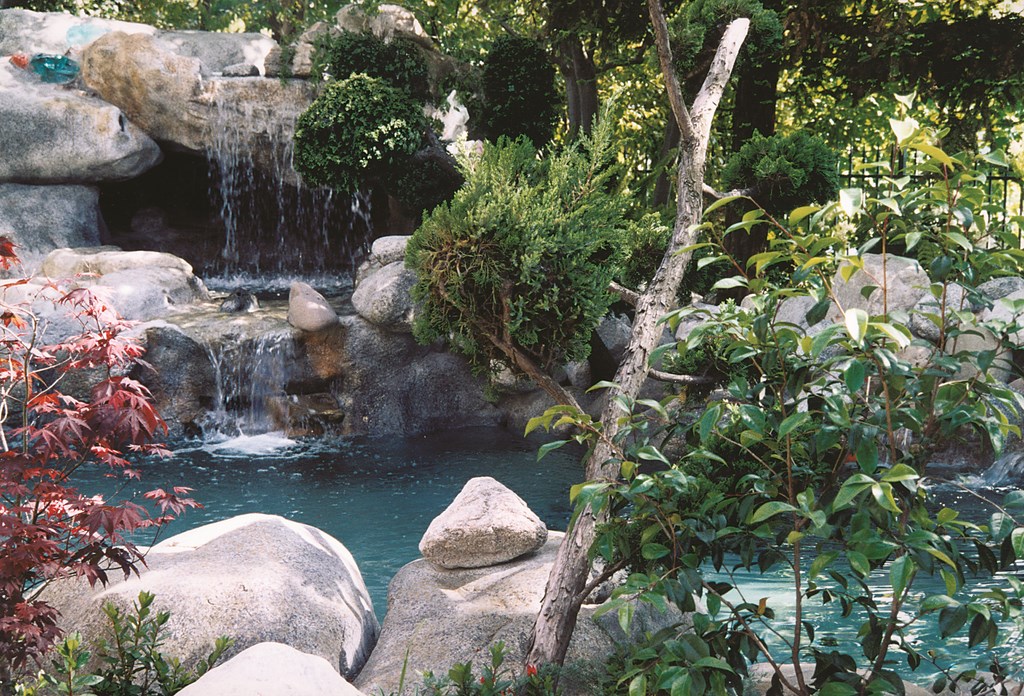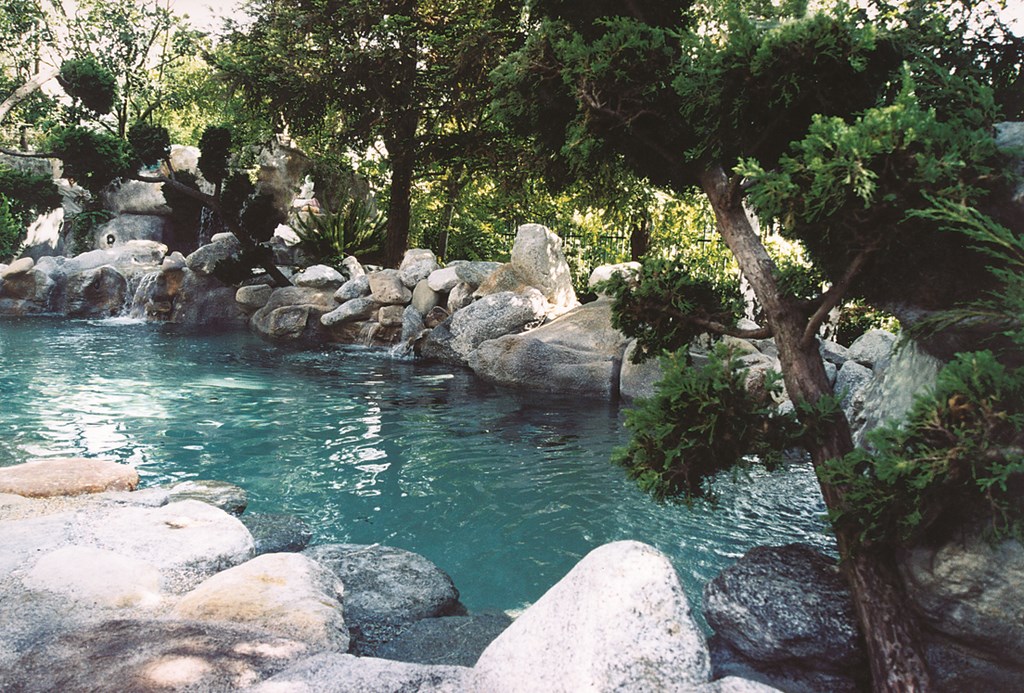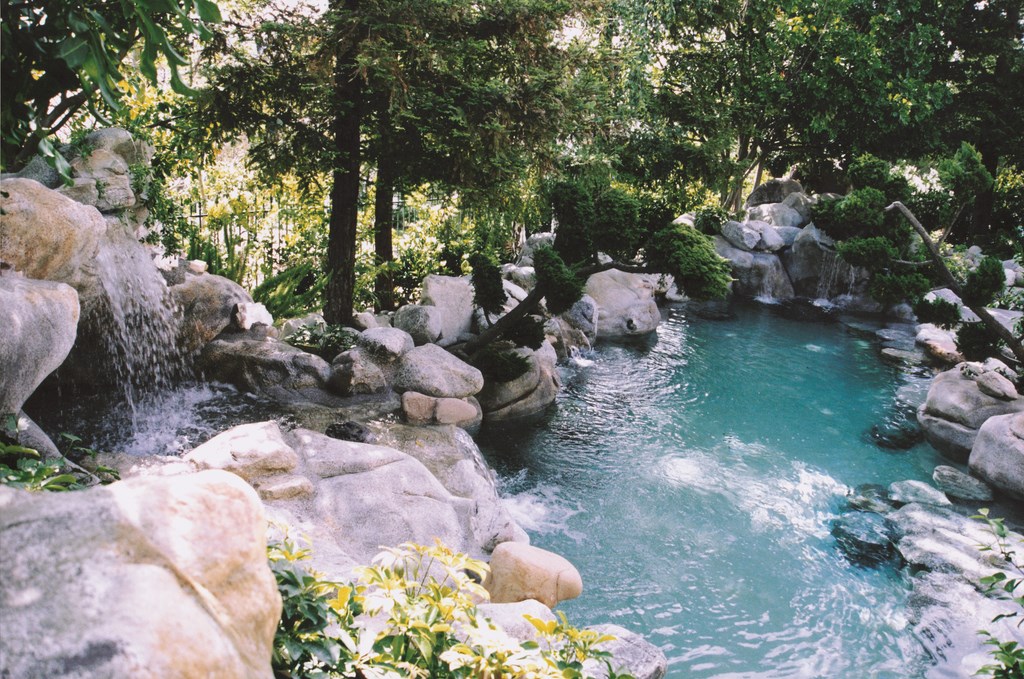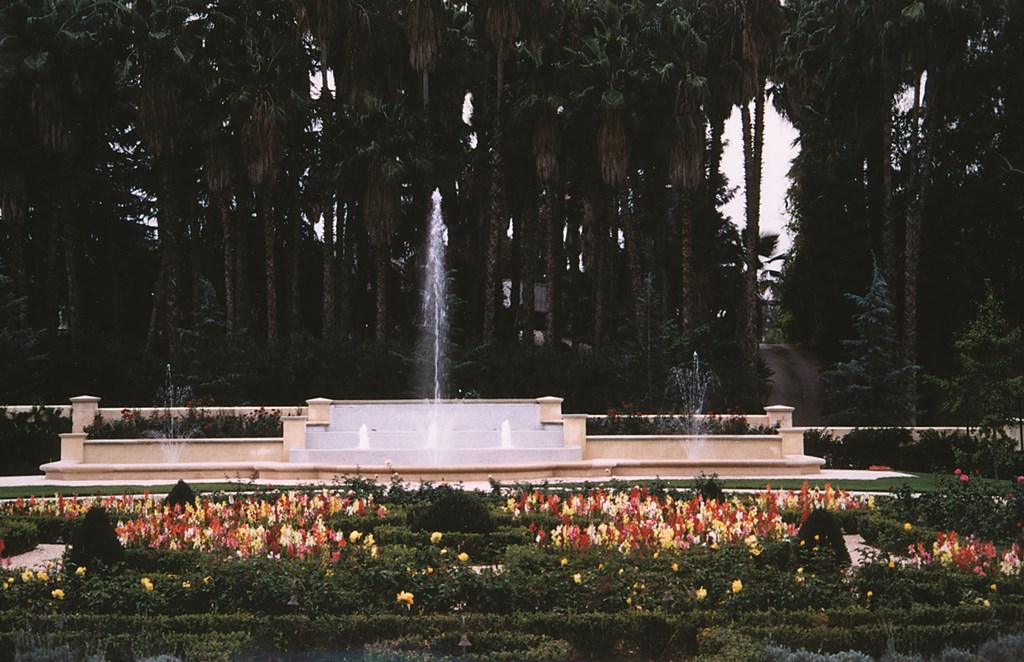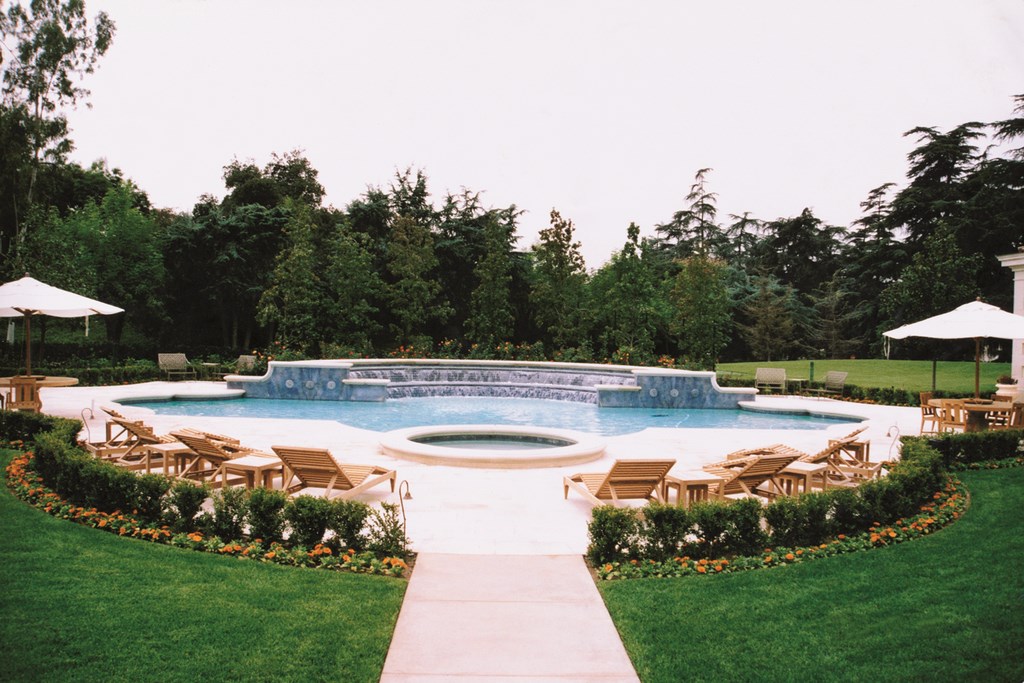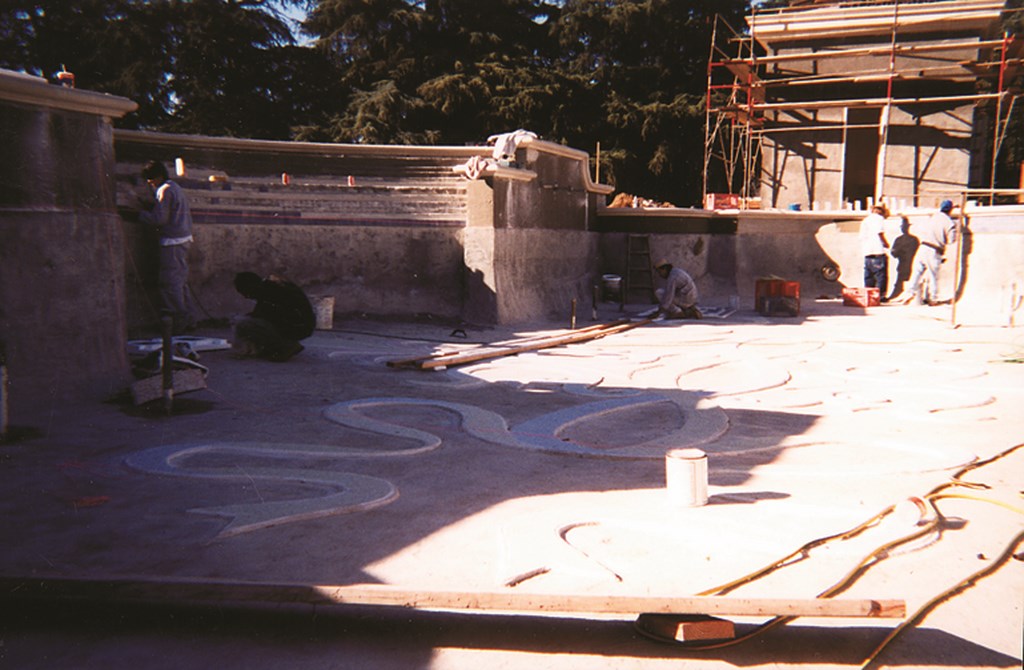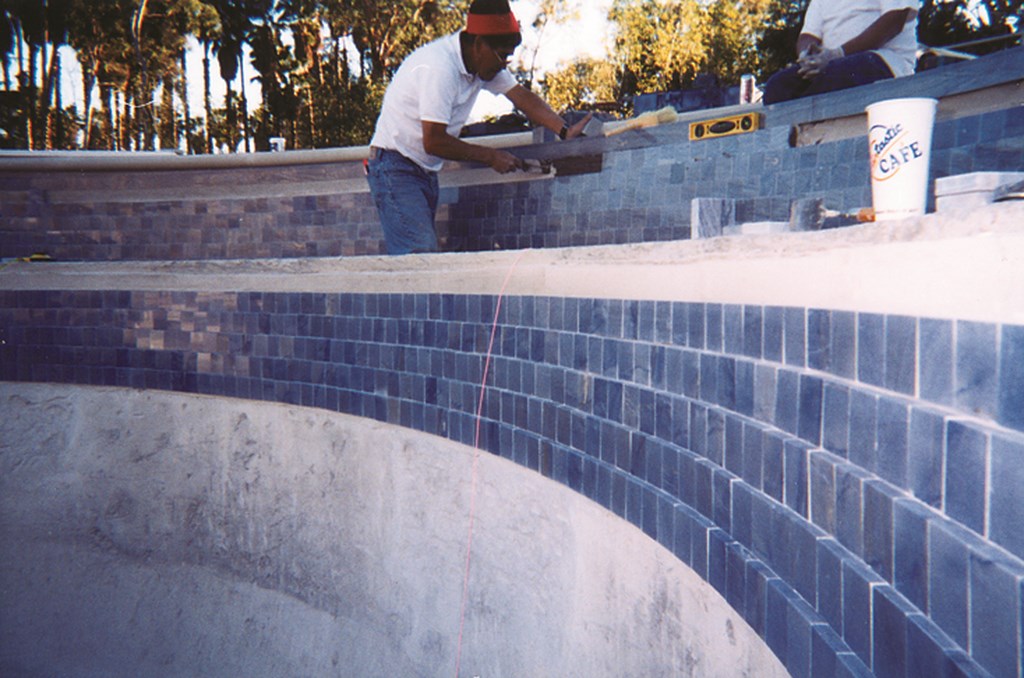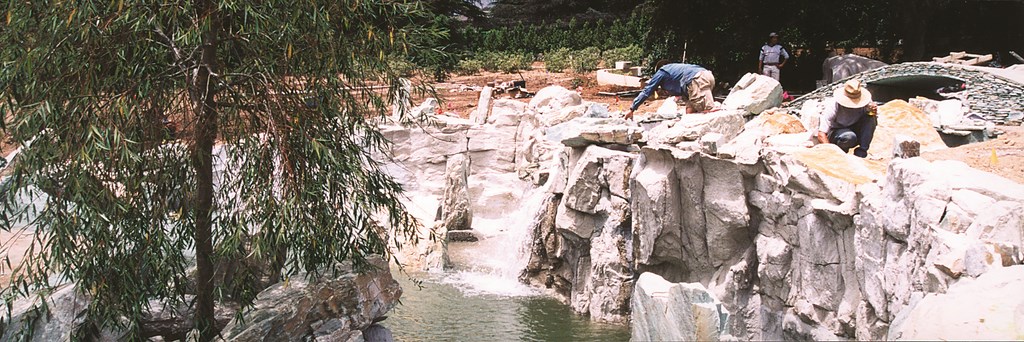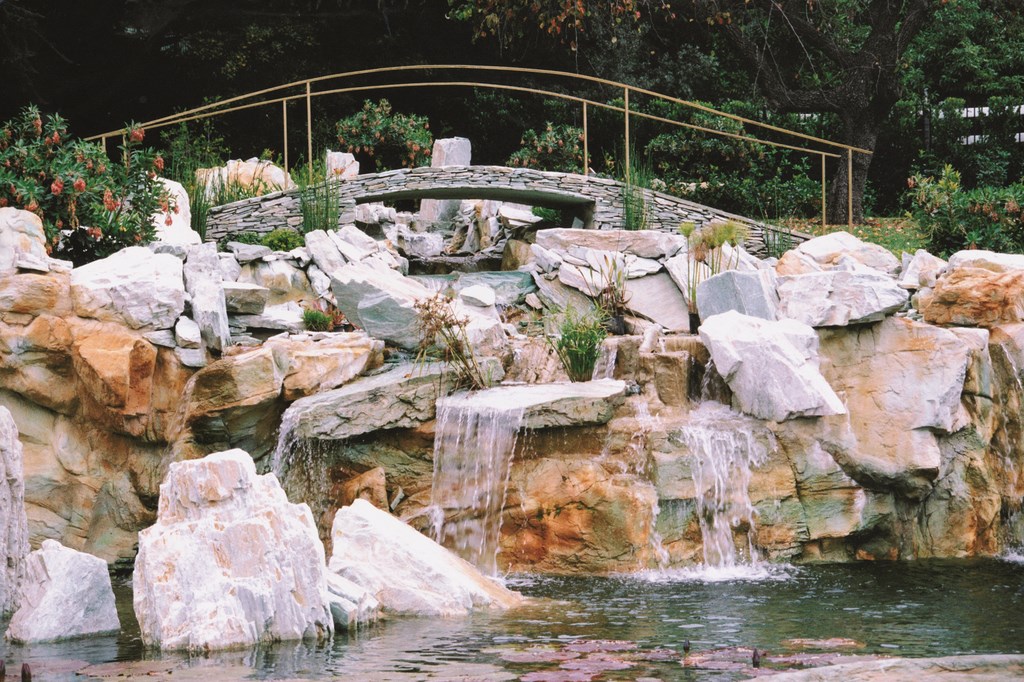Acting on Vision
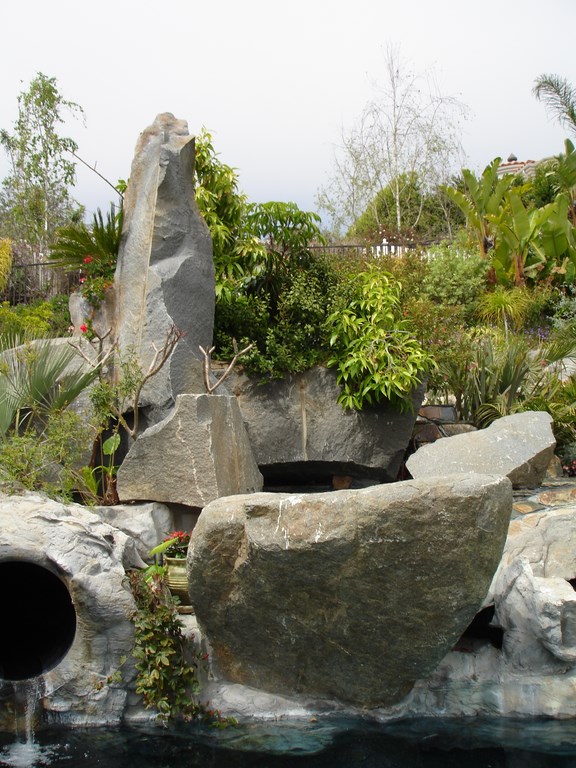
Water is one of the few artistic media that has the ability to define the architecture of human emotion. In all its various forms, it has affected us in profound ways since the dawn of our species, generating powerful feelings and the sense that we are somehow transformed when we’re in its presence.
As watershapers, we have an ability to use that long anthropological and cultural heritage to our advantage and can actually change the world: The spaces we create will, if done well, generate experiences so powerful that all who enter these environments will forever be changed by the encounter.
I see this as both a wonderful opportunity and a solemn obligation. We can take the rich history of water and all its cultural reverberations and essentially use this symphony of tradition and creative impetuosity to compose new experiences for everyone who sees our work.
If it’s our intention to change the world for the better – something I personally have always held in mind – we do our best when we base our work on traditions assembled throughout human history. Working in that context, we not only gain access to the insights of the geniuses who have gone before us but also speak with a vocabulary that is accessible to and, on some level, understood by every other human who enters into these environments.
In my own (mostly) residential watershape/landscape compositions, I express those possibilities in deliberate ways, orchestrating human experience and effectively assaulting the mundane, oppressive nature of modern life by introducing elements of tranquility, beauty and artistry into my clients’ backyards. In doing so, I am always guided by a design philosophy in which everything flows from the site and the clients.
ART ATTACKS
Many of us in the watershaping realm know how to build concrete structures, set up plumbing and equipment and place stone and plant material. What is often lacking in my view is an overarching sense of commitment to transforming the daily lives of the people who see, use and enjoy our work. That aggressive desire guides every detail of every design I do: Although the process is often a struggle, it’s a beautiful toil that I hope leaves behind something that comes from the heart and speaks to the spirit.
In a tangible sense, the work we all do, whether we know it or not, is about making connections and building bridges that link our clients and their properties to the great traditions of art and architecture and to the physical, mental and spiritual experiences we arrange for them to have in the spaces we create. To achieve this level of cohesion and make the world better through our efforts, we have to work at our craft every single day.
Let’s face it: The work of watershapers and landscape artists is hard, filled with day-by-day logistical practicalities and bureaucratic challenges that conspire to divide the artist in us from the powerful ideas and traditions that should drive the work. As we tackle those banalities, we must maintain a clear focus on sustaining our imaginations and maintaining our spirits: These are the fragile engines that propel our efforts.
This is why I become so engrossed in fanciful movies and the universes they conjure, from the soaring spires of cities in the “Star Wars” films to the elegant lands of the elves in “The Lord of the Rings” and places in thousands of other works of pure imagination: I see these locales as more than just visually interesting, but as true models for design and inspiration. It’s a practical matter, really: The more I free my imagination and let it run wild, the greater potential I have in my own work.
In watershaping as in other creative endeavors, the best practitioners feed off their sources of inspiration and take chances without fear, because they know the decisions they make are true to important and even profound conceptual foundations. These bold souls will likely encounter resistance and even skepticism, and it takes courage to break molds and be innovative. Speaking for myself, however, I’ve never been one to be cowed by the casting of a jaundiced eye on my pursuit of creative insight.
With water, I am confidently possessed of a remarkable medium I use to convey my ideas. I revel in the ways it transforms environments, elevates moods and thoughts and ties me directly into some of our culture’s most sacred beliefs. My clients may never exactly see water in such lofty terms: My goal is to make certain there’s no question that they’ll feel it on some level every time they walk into their private paradises.
‘ARCHEMY’
For some time now, I’ve referred to myself as an archemist – that is, someone who is part architect and part alchemist. Creating beautifully conceived and executed designs means blending a wide range of skills, disciplines and thought processes, all with the needs of the site and the client at the core.
This means that every single project I take on is completely different. Some designs will be primarily geometric and architectural, while others may be wildly natural in appearance – or something in between. In many cases, the results might be best described as “aesthetic originals.”
Take a project I designed and installed several years ago in beautiful Oro Valley, Ariz., as an example: It has multiple beach entries, a multi-colored pebble finish, staggered planter configurations and a massive square boulder inside the shell that emerges from the water’s surface, thereby pulling views of the nearby Catalina Mountains into to the pool.
At the time, I was told that was the first-ever combined use of separate colors of the product – reminiscent more of a tile mosaic than of a standard pebble finish. I developed a stunningly beautiful striated pattern using the colors of the desert. The project was so distinctive that it made headlines in the local newspaper.
|
Clean and Green Every aspect of the projects I design and install is informed by a sense of the importance of what I’m doing. To some, that might seem pretentious, even arrogant, but the way I see it, it’s a governing philosophy that guides me to assemble complex tapestries of stone, tile, water and light, to build them to be both reliable and durable and to see to it that that the water itself is part of my primary considerations rather than an afterthought. Indeed, designing my projects for perfection in water quality is among my highest priorities. I’ve always believed it unthinkable to create a situation in which our clients and their friends and families are forced to immerse their bodies in harsh chemicals including chlorine, algaecides and worse – what I see as a toxic chemical soup. That’s why more than 15 years ago I set out to develop water-treatment systems based on technologies and chemistries that yield water more closely akin to what we encounter in nature. When I started down this path, I was told I was crazy, but my close study of nature led me to mimic natural systems and purify water through oxygenation, judicious addition of mineral constituents and natural filtration processes along with a bit of flocculation. In time, I moved entirely away from chlorine-based halogen chemistry and now use an approach based in use of hydrogen peroxide and dissolved oxygen supported by zinc ionization, selected enzymes and magnets. Some have accused me of selling snake oil, but I’ve stuck to my principles and have received only praise from clients about water that looks great, feels silky and has no odors. I see it as my mission to make a better world one small step at a time, and this approach to water treatment is something that serves my clients well for the long haul. — J.C. |
Since then, I’ve been fortunate to work on project after project with highly creative clients and a long list of artisans who’ve helped me bring bold and unusual ideas to fruition. It’s important to mention that the craftspeople I work with are all very close friends, which can at times be challenging from a management standpoint. But the plain truth is that I couldn’t execute these projects without them.
Everything I do has unique qualities derived specifically from the site and the clients. This has resulted in one case in an Asian-inspired garden with rock pools and artwork and in another with an architectural pool that serves as a backdrop to an extensive collection of garden sculptures.
What I’ve found through the years is that possibilities are limited less by budget than they are by a lack of imagination and a client’s incomplete ability to visualize a setting that might include beach entries, large rock formations, multi-colored pebble finishes, various associated waterfeatures, unique stone and glass-crystal details, elaborate mosaic tile designs, creative deck configurations and subtle lighting effects.
Even there, however, I’ve found that any lack in the ability to visualize on the part of the clients can be fruitfully balanced by their willingness to get caught up in the process and indulge a sense of creative passion. I never bamboozle them, never persuade them to do anything that runs against the grain, but I find that if I can get their creative engines firing, they’re often willing to let me drive wherever the spirit takes us together.
CLIENT TIME
No matter the project, I always treat my clients with dignity and respect: For all of my own self-assurance and confidence, I know none of the work I’ve done would exist without them. Indeed, dialogue and a shared pursuit of truth and beauty develop only when designer and clients find common ground.
This is why I love and value all of the clients who have allowed me to pursue their projects: I’ve come to view these people as my extended family and see the working process much less as a matter of business and far more as one of trust, shared passion and hope.
From a business standpoint, of course, this means that my client base is limited to a special set of self-selected people. In fact, I turn away about nine in every ten potential clients because they simply cannot wrap themselves around the process as I define it. Wealth and intelligence are seldom the issue: Those I turn away simply do not seek the potential I’m determined to pursue, either for their properties or for them as human beings, so I simply walk away. There’s no point in entering a process this elaborate with anyone other than clients who are willing to allow the artistic process to unfold and move forward.
More to the point, my clients must understand that when they’re working with me, they’re going to receive a full commitment of passion, resources and innovative ideas. If they’re not willing to reciprocate and participate, I move on – end of story!
When things come together – which they do more than often enough to satisfy my creative needs – then I fall in love: I commit the absolute essence of my spirit and soul to these people, and it’s never, and I mean never, about money. We talk about family and their interests in art, music, science, commerce, architecture, poetry and religion. We engage, in other words, in a process designed to reveal exactly what it is they seek.
I can’t see any other way to do things, and I have lots of trouble understanding why people in the watershaping business would proceed otherwise. To me, success in realizing the greatest design potential in any project is about understanding the clients, accommodating a site and reacting in accordance with the human condition. It’s all about listening, and listening carefully.
After all, what’s the fun of taking a journey into the unknown reaches of creativity with strangers at your side?
John Cohen is owner and founder of Christmas Star, a watershaping and landscape-design firm based in Topanga, Calif. Cohen’s career began when he was a child, working with his father planting trees and installing landscapes for upscale properties and public spaces in southern California. He founded his own firm in 1975, which adopted its current name in the early ’80s. Mostly self-taught, Cohen also studied Chinese gardening in the mid-’70s at UCLA and has been an informal student of visual and performing arts throughout his life. His projects include highly stylized and distinctive watershapes and landscape compositions for upscale clients throughout southern and central California.











